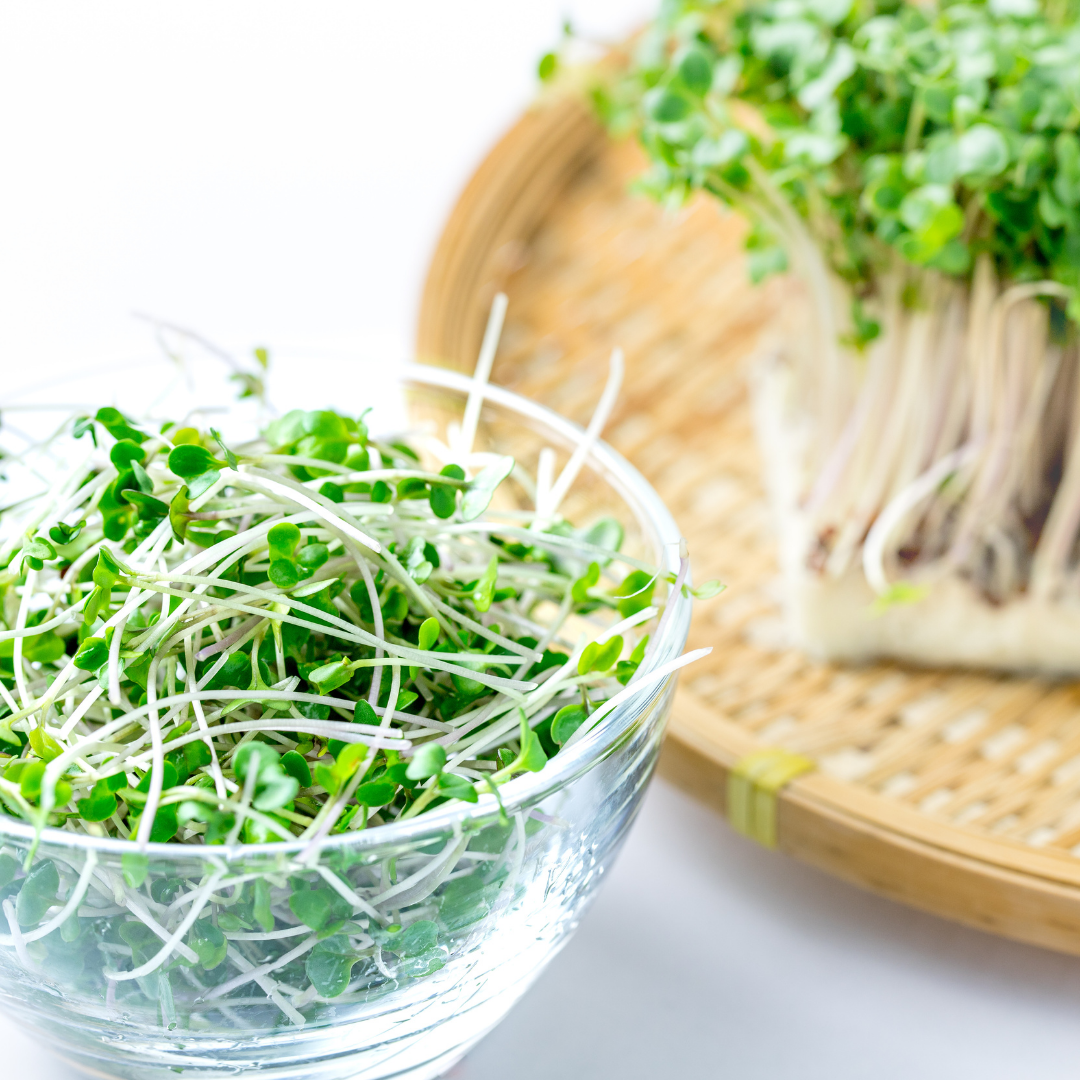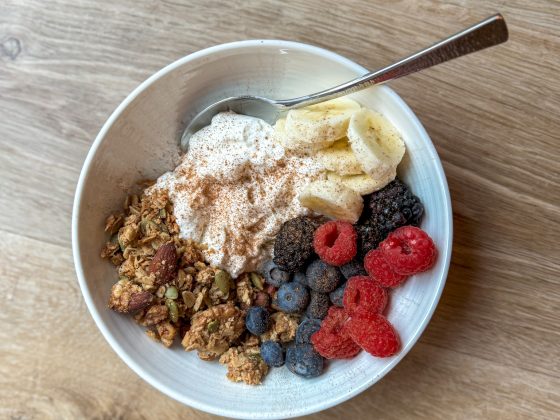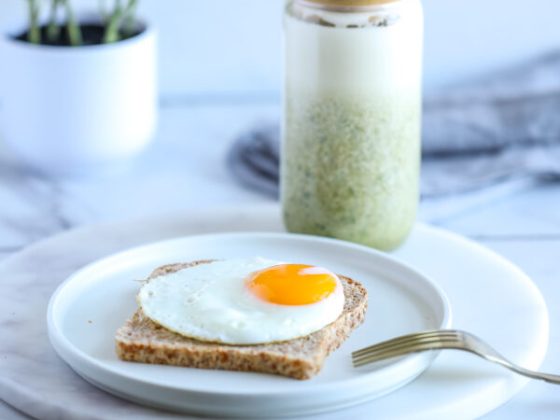You’ve been trying to eat your greens since the beginning of time, right? It’s a never-ending battle to get more of the good stuff that we know prevents illnesses, improves gut health, and keeps weight in check. The secret to incorporating more greens might be in diversifying your options. If you are sick of romaine salads, broccoli side dishes, and roasted asparagus (as amazing as they are), you aren’t alone. Try integrating these under the radar greens for all the nutritious benefits they have to offer.
Broccoli sprouts
What’s a broccoli sprout, you ask? A baby broccoli. Instead of having fewer nutrients than their more well-known “adult” counterpart, they have even more. Web MD explains that eating these raw or lightly cooked, along with other cruciferous vegetables, can actually prevent some cancers. Specifically, sulforaphane slows tumor growth and preventing benign concerns from becoming cancerous. You can grow your own sprouts or buy some at health food stores. Try them out in smoothies, stir fry, salad, or alone as a snack lightly salted.
Dandelion greens
One of the more bitter options on the list, dandelion greens may conjure up images of a weedy garden rather than a dinner plate. However, they are worth integrating because they are rich in vitamins A, C, K, and B2. More bitter foods may take some time to get accustomed to, but may be worth it. To deal with this, try sautéing with olive oil or cooking with the greens in soups or broths.
Mustard greens
If you are picturing the mustard on your coney at the ballpark, you are pretty far off. Mustard greens don’t taste much like mustard, although they share a peppery taste since they originate from the mustard plant. They come from the same family as kale, cauliflower, and other more familiar veggies. This low-calorie food boasts a high nutrition label, including 120% of the Vitamin K you need in a day. Vitamin K is best known for keeping your bones healthy, as well as helping the body clot wounds to heal. You may notice some Asian cuisines using pickled mustard greens, and this low-profile green can also be used raw in salads, snacks, and other dishes.
Collard greens
Southern-style collard greens are cooked “low and slow in a stockpot or slow cooker” alongside ham or pork, according to Southern Living. This takes a typical green veggie and makes it a contributor in a major comfort food dish. They also recommend sauteing collard greens to avoid that “mush” factor that comes with some cooked greens. Like their counterparts above, this green offers many vitamins and minerals, and also is a good source of fiber and antioxidants.
Rainbow chard
If you are familiar with swiss chard, this is similar but more attractive in both flavor and appearance. Rainbow chard is simply a combination of red, golden, and swiss chards. Integrating all three instead of just picking one causes that boost of flavor. You can also think of it as a beet without the root. The Food Network recommends trying it with any flavor you’d cook spinach with, such as butter, lemon, shallots, vinaigrette, and others. One feature of this plant is choline, a nutrient that helps with metabolism, nerve function, and much more.
Beet greens
Some describe this as the silkiest green you can find, and also are some of the simplest to prepare. Try beet greens with olive oil and garlic, sauteed in a pan. You may be tempted to pitch the stems but many recipes call for you to keep them, as they can add a nice crunch to an otherwise smoother textured side. They may be a bit biased towards an intense love for beets, but Just Beet It lists numerous health benefits, including immune-boosting, lowering blood pressure, boosting cardio function, improving eye health, strengthening bones, and more.
If all this green cooking has you intimidated, instead check out these top smoothie ingredients, where you can play with integrating diverse greens in a lower risk way (oftentimes you can’t even taste them).










